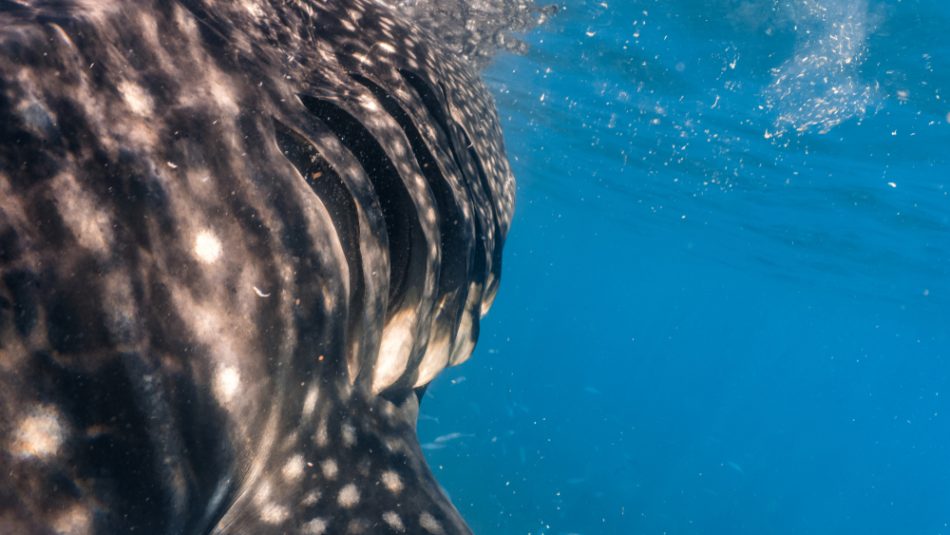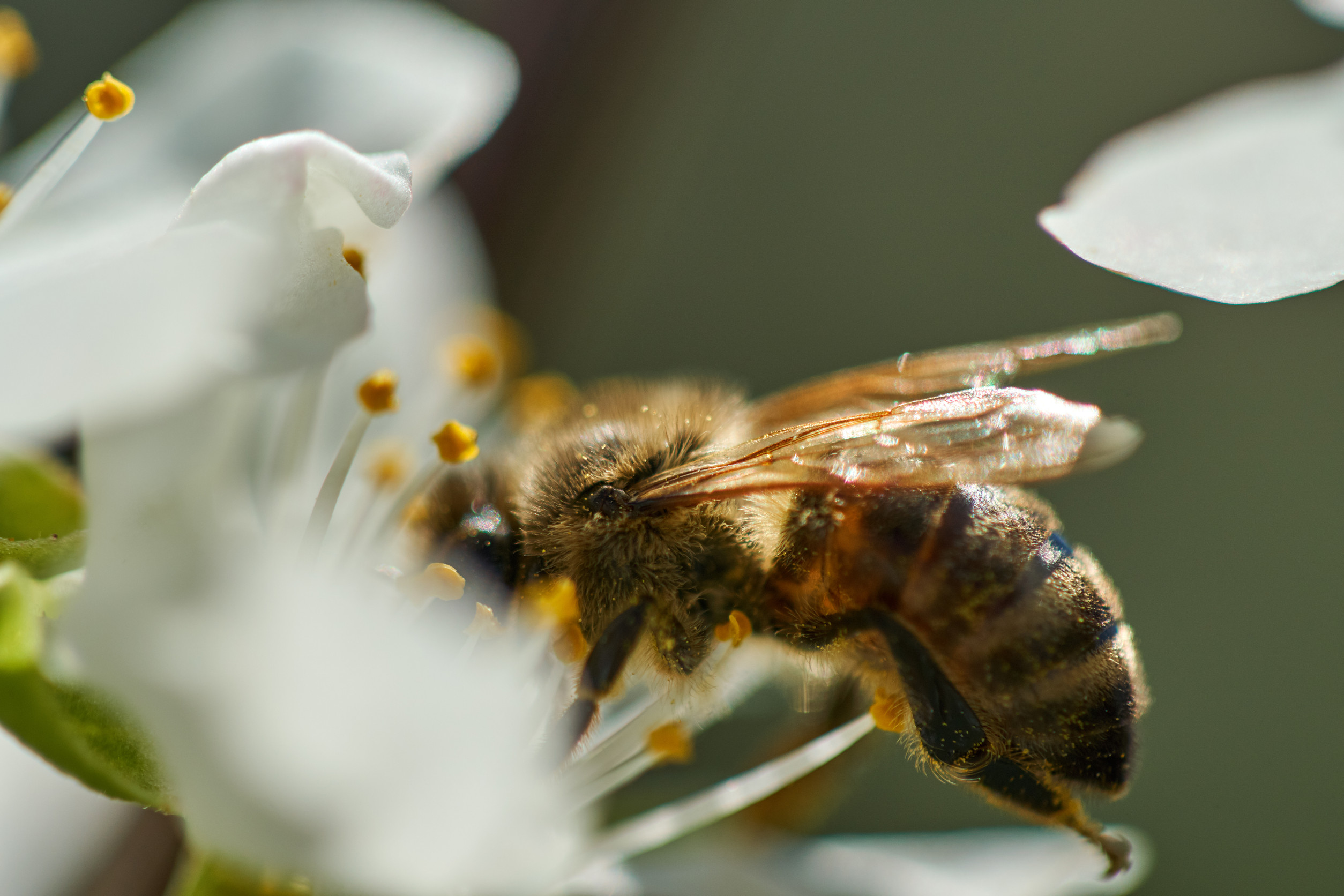The ears are a weird-looking thing, with their strange dips and curves designed by mother nature to trap vibrations and impressively allow us to hear. The middle of the human ear houses three tiny, vibrating bones, which are key in transporting sound to the inner ear where they become nerve impulses. This complex collaborating network of structures allows us to hear the beauty of songbirds, crashing waves, and our loved ones’ laughter.
It has been a mystery exactly how these triplet bones evolved and from which of our ancestors. However, a team from the Institute of Vertebrate Paleontology and Paleoanthropology (IVPP) of the Chinese Academy of Sciences has found new fossil evidence from a fish that finally cracks the case.
“Many important structures of human beings can be traced back to our fish ancestors, such as our teeth, jaws, middle ears, etc. The main task of paleontologists is to find the important missing links in the evolutionary chain from fish to humans,” said Zhu Min, who worked on the project.
According to the group, the gill filaments of two 438-million-year-old fossils of an extinct fish called Shuyu have given scientists new insight into this middle ear. These fossils are the first anatomical and fossil evidence of these bones originating from fish gills.
“Our finding bridges the entire history of the spiracular slit, bringing together recent discoveries from the gill pouches of fossil jawless vertebrates, via the spiracles of the earliest jawed vertebrates, to the middle ears of the first tetrapods, which tells this extraordinary evolutionary story,” said scientist Profesor Per E. Ahlberg.
This evolutionary study allows us to more deeply understand the genetic history of our ears. Through this, diseases that are associated with this part of our anatomy can be more thoroughly understood and better treatments can be developed.
Source study: Frontiers in Ecology and Evolution – The Evolution of the Spiracular Region From Jawless Fishes to Tetrapods











